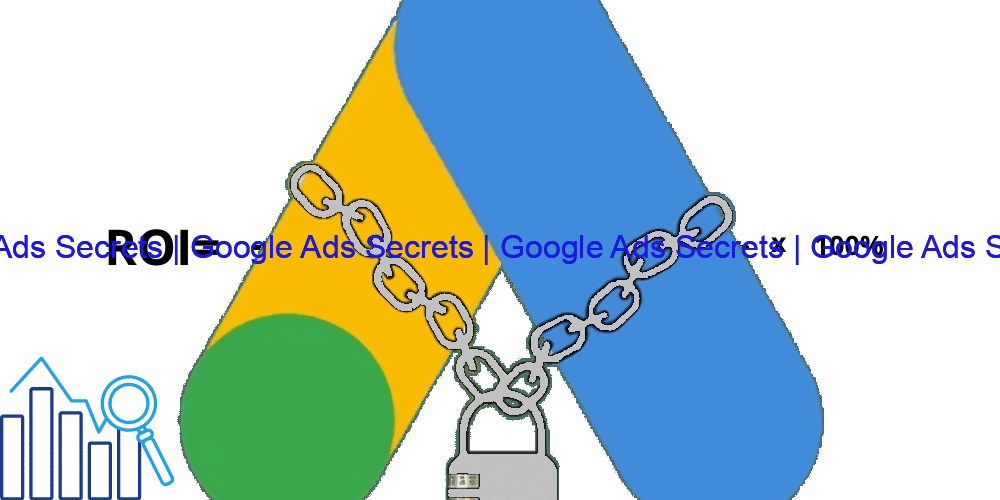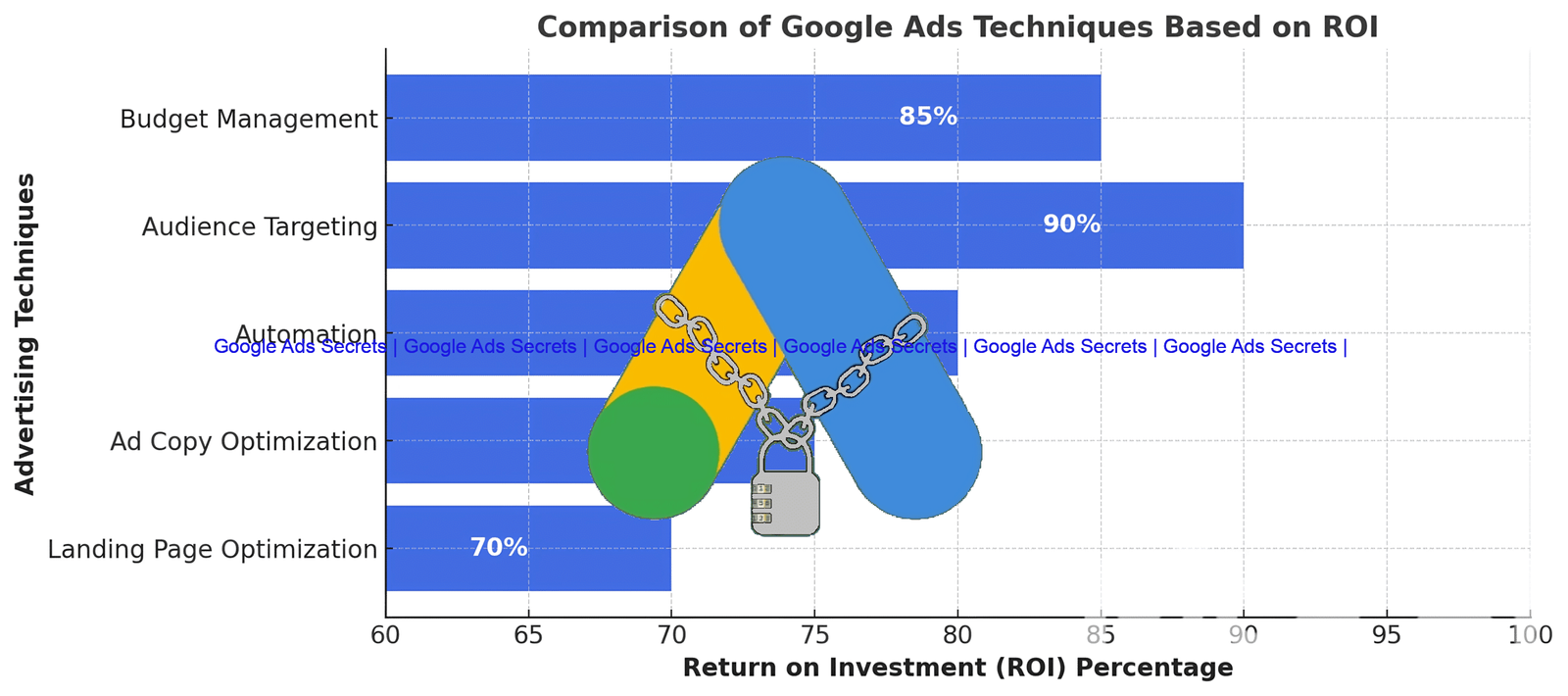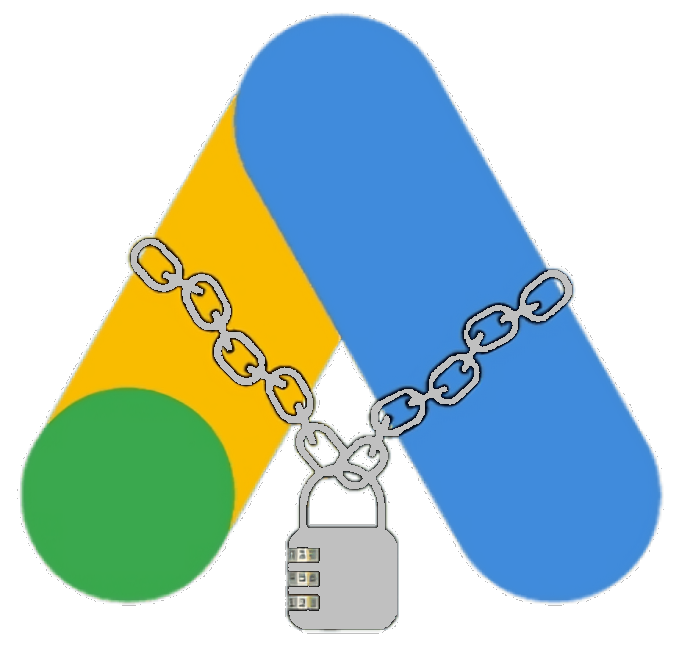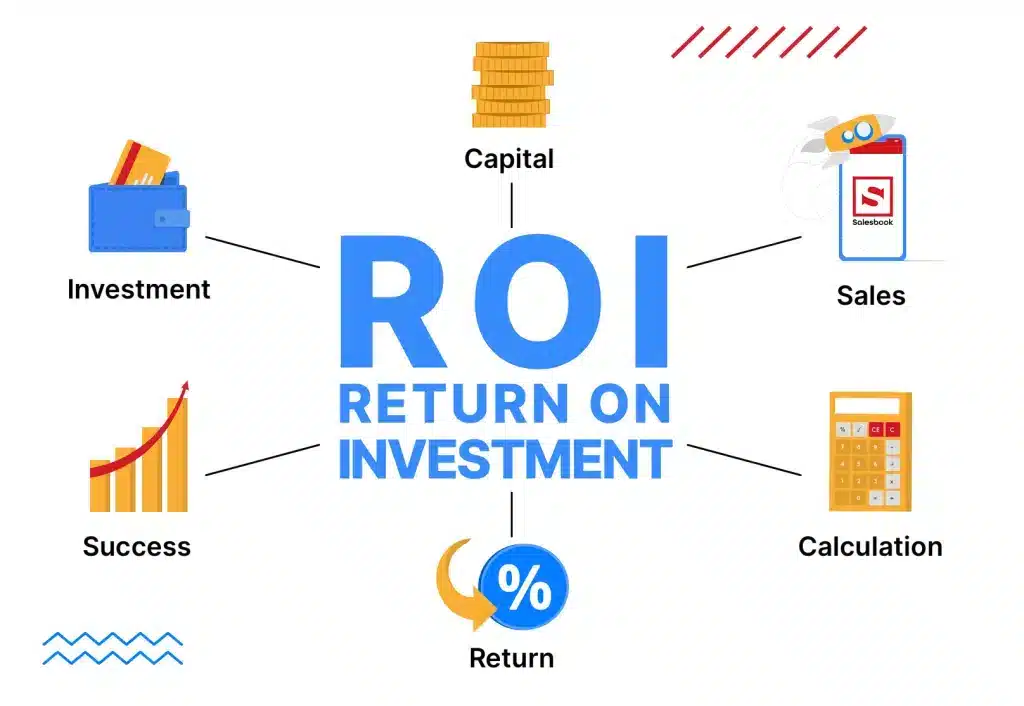In the competitive landscape of digital marketing, Google Ads ROI is not just a number—it’s the guiding metric for every serious advertiser. Whether you’re a beginner or a seasoned professional, actionable insights and innovative automation tools are now more essential than ever to maximize your advertising performance. This guide arms you with unique 2025 strategies to drive measurable success and sustainable profitability, especially by improving attribution, ad testing, audience signaling, and machine learning integration. Through visuals, expert resources, and practical recommendations, you’ll elevate your campaigns, control your spend, and grow your bottom line.
What is Google Ads ROI in a Post-Cookie World?
Google Ads ROI is the ratio of what you profit versus what you spend, calculated as ROI = (Revenue – Cost) / Cost. Simple in theory, but the real measurement has evolved due to new privacy standards and a cookie-less world. In 2025, advanced tracking solutions like data-driven attribution, server-side tagging, and machine learning-based models shift the paradigm.
Modern advertisers must implement sophisticated attribution models to evaluate every touchpoint’s contribution using aggregated data. Moving from last-click to data-driven attribution provides a fuller picture of the customer journey, driving smarter budget allocation and boosting your Google Ads ROI.
Privacy-centric tracking and transparent user consent frameworks not only meet regulations but build trust and deliver richer insights, especially when you combine Google Tag Manager, GA4, and server-to-server integrations. Run regular account audits with tools like this audit tool to keep your data accurate and actionable.

Advanced A/B Testing Strategies for Higher ROI
A/B testing remains the cornerstone of campaign refinement, but in 2025, it means going beyond one-variable tests. Embrace continuous, multivariate A/B testing on headlines, CTAs, and landing pages—now powered by automation for faster results and at scale.
Integrate AI tools that not only analyze your split test results in real time but also recommend actionable optimizations, multiplying the speed and clarity of your decision-making. Testing by psychographics, behavioral triggers, and device types instead of just demographics has become the winning edge for advertisers focused on Google Ads ROI.
Automated tools like headline pinning scripts keep your A/B tests consistent and versatile. Always use zero-click impression data to assess relevance and prune underperformers. Micro-adjustments in high-impact areas can yield significant ROI upticks.

Leverage Audience Signals for Smart Campaigns
Smart bidding thrives on robust audience signals. Start by defining strategic segments—like high-value buyers, page engagers, and content downloaders—then use Google’s machine learning to optimize around these profiles. Linking Google Analytics 4 amplifies this insight, especially when using Target ROAS bidding for data-rich campaigns.
Visualizing ROI Across Funnels
Local Targeting and ROI in Arabic-Speaking Markets
Targeted localization is a game changer for Google Ads ROI, especially in the MENA region or Arabic-speaking countries. Use regional directories—Arab Directory, Yellow Pages UAE, ArabiaSEO—to validate and boost your local presence.
AI & Automation: The Cornerstone of Google Ads ROI in 2025
- Adopt Smart Bidding strategies (Target CPA, Maximize Conversions, Target ROAS) to let Google’s AI manage real-time bid adjustments for optimal ROI.
- Leverage Performance Max campaigns for cross-channel synergy, automating placements and creative delivery to drive comprehensive Google Ads ROI.
- Use budget pacing tools and predictive forecasting to plan spend, prevent over/underinvestment, and project outcome scenarios before committing budget.


